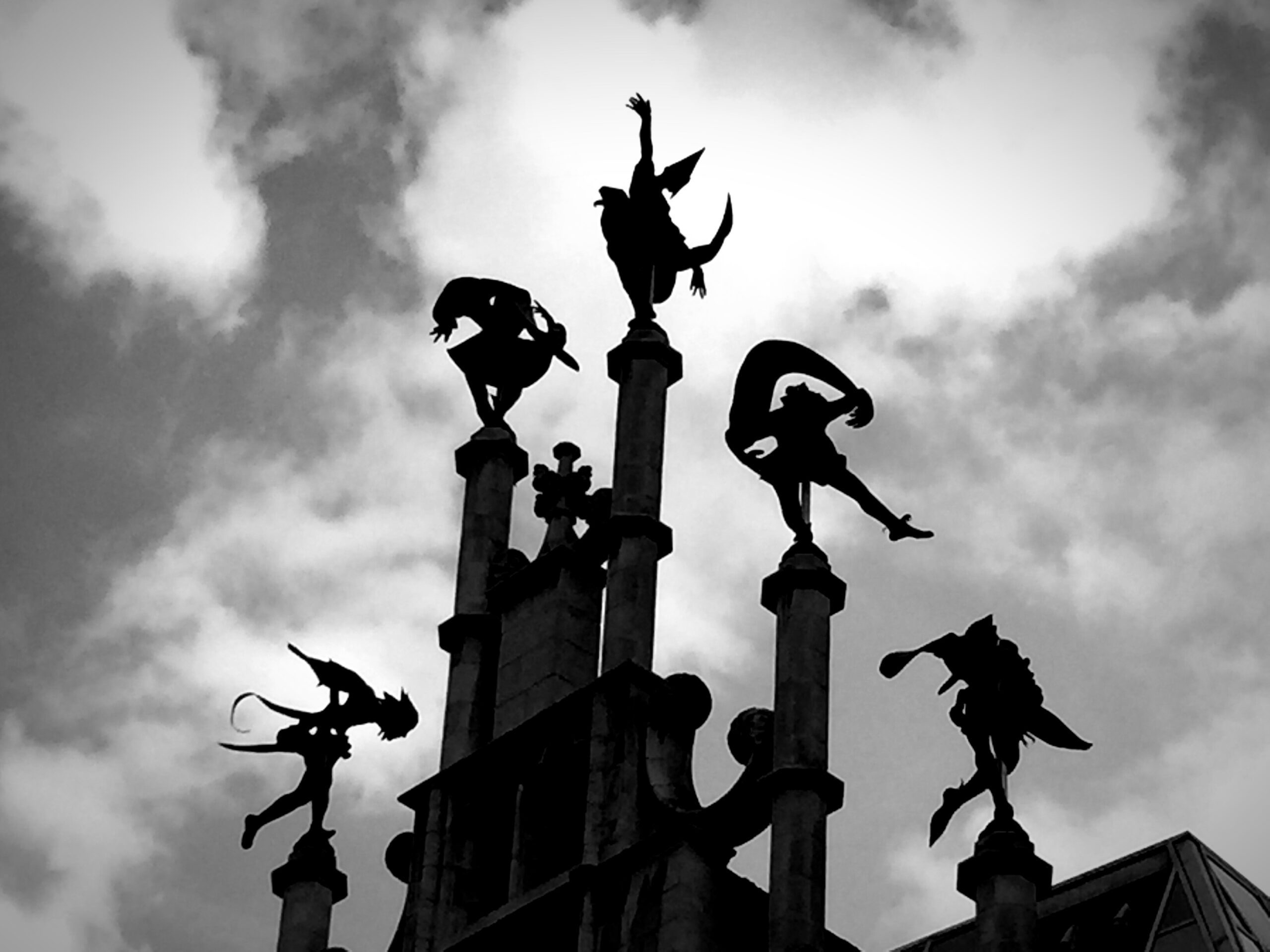
In moving beyond the Red Book, we find that Jung frequently wrote about the powerful, unconscious images that enter our dreams (and our conscious life). These images often find structure and force in basic archetypal themes (such as nurturing mother and heroic journey). Peter’s dream provides us with an opportunity to suggest that contemporary figures from movies (and other art forms) might take the place of ancient, primordial images. Robert Redford substitutes for Achilles or perhaps Jason (the wanderer of Argonaut fame), while Elizabeth Taylor might substitute for Athena or perhaps even a seductive figure such as one of the Sirens who lured Sailors to their death.
There is a chicken-or-egg question to be addressed at this point. Do the archetypal images make the Movie images that much more compelling or are the Movie images helping to bring the archetypical images to the surface. Perhaps there is influence in both directions. Of greatest importance is the function being served by the mythic images to be found in dreams. For Jung, dreams are attempts to solve an individual’s moral conflicts. Resolution of these conflicts for Jung is to be found in the work of our Soul. Such work is not found in the now-dominant processes of logical thought and science. Rather, it is to be found in the domain of fantastic thought and the engagement of mythic narrative and figures. The Soul that Jung envisions (and is on display in the Red Book) is filled with images: “The wealth of the soul exists in images.” (Jung, 2009, p. 232) “He who possesses the world but not its images possesses only half the world.” (Jung, 2009, p. 232)
Specifically, we find our way as moral beings in the world by learning from and emulating the hero’s journey as it is graphically portrayed not only in narratives but also in visual images. This journey is often portrayed by the son or daughter’s individualization (breaking away from the hold of parent, society and/or tradition). The hero (or heroine) leaves home to begin a quest and find a new land (“the New Jerusalem”). The unifying Mandela is broken apart only to be reassembled in a new way (perhaps a cross, star or image of Ying and Yang). The fears of unrealized ambitions are set aside on behalf of a higher purpose and more noble cause (“to dream the impossible dream”). We find the playing out of this noble purpose in the writings of Joseph Campbell (1991) (who was strongly influenced by Carl Jung) as well as in writings about the Arthurian legends, many Greek myths, and even more ancient Vedic legends.
Three Faces of Love
We also see that the mythic structure provides a venue for display of (and sometimes conflict between) the female (anima) and male (animus) sources of energy and direction. The dream offered by Peter can readily be seen as playing out alternative forms of both masculine and feminine energy. The masculine energy is portrayed in his brief “buddy” relationship with Robert Redford. For Peter there seems to be a particular important pull between the feminine energy conveyed powerfully by Elizabeth Taylor and that conveyed by the girl on the beach. Where is Peter to find his own moral stance? In which direction should he turn in his continuing journey toward individuation? Does he model Robert? Can either Elizabeth or the girl on the beach provide him with anima energy (the ancient role of Muse).
There is another way in which anima and animus play out together. It is in the intricate dance of love—a dance that inevitably engages our attention at several stages and in several diverse ways during our lifetime (Bergquist, 2023). Specifically, I wish to introduce a fourth interpretation of Peter’s dream that offers a linguistic or epistemological perspective rather than that offered by psychoanalysts. In offering this nonanalytic perspective I consider one of the mythic themes that might be found in Peters’ dream. This interpretation concerns the nature of love in Peter’s life.





